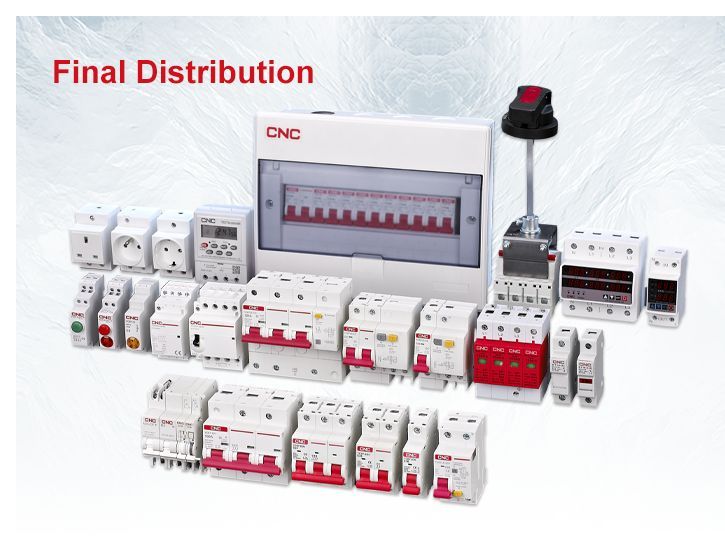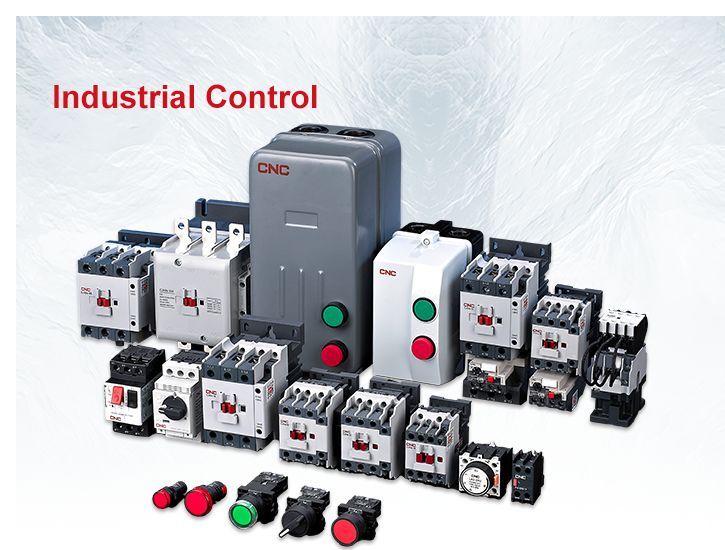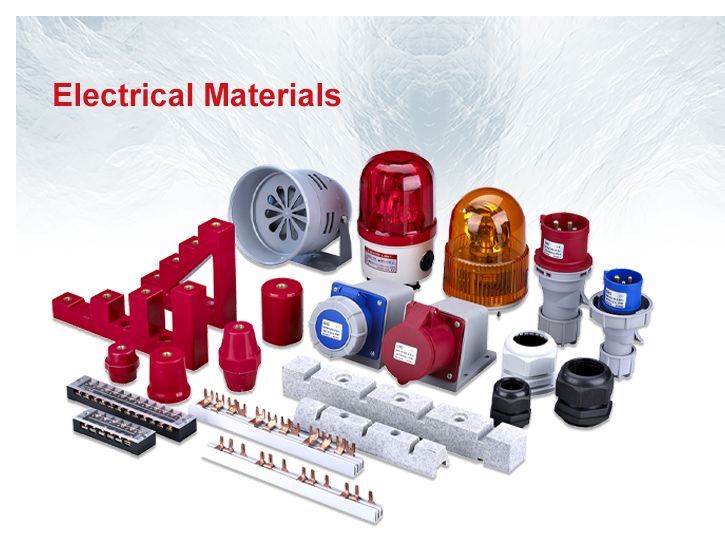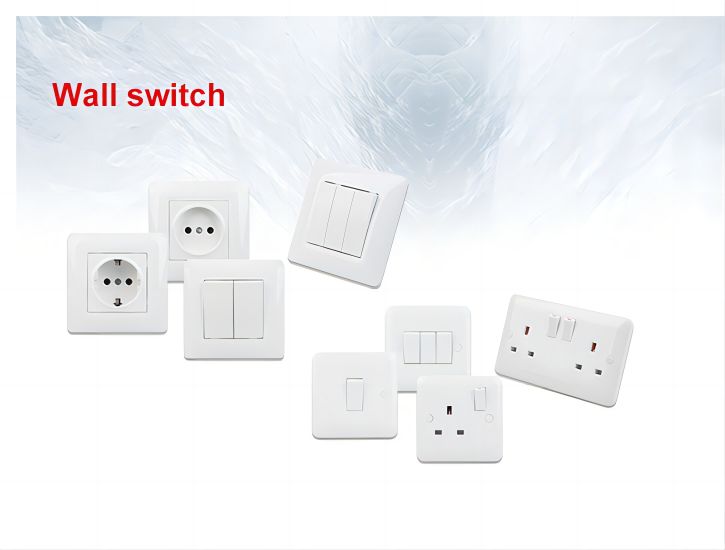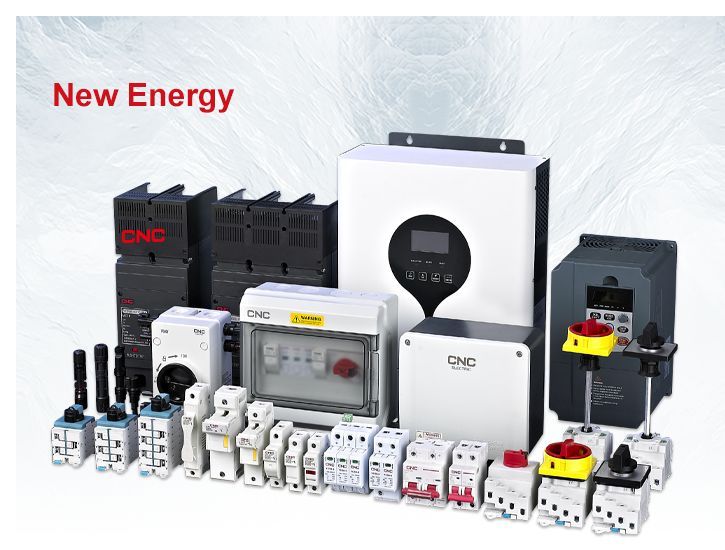I. International Market Status
-
Market Size and Growth
- Global Market Size: As of 2023, the global low voltage electrical market has surpassed $300 billion, with a projected compound annual growth rate (CAGR) of around 6% through 2028.
- Regional Distribution: The Asia-Pacific region dominates the global market, driven by rapid industrialization and urbanization in China, India, and Southeast Asia. North America and Europe also continue to see steady growth, largely due to the adoption of smart grids and renewable energy projects.
-
Technological Innovation
- Smart Electrical Devices: The integration of Internet of Things (IoT) and Industrial IoT (IIoT) technologies has led to more intelligent low voltage electrical devices, such as smart circuit breakers and intelligent distribution panels.
- Green Energy Integration: With the rise of renewable energy, low voltage electrical devices are increasingly incorporating interfaces and management capabilities for solar and wind energy systems.
- Energy Management Systems: Advanced Energy Management Systems (EMS) are optimizing power distribution and usage through big data analytics and cloud computing, thereby enhancing overall energy efficiency.
-
Major Players and Competitive Landscape
- Key Players: The market is dominated by global giants such as Siemens, Schneider Electric, ABB, Eaton, and Honeywell.
- Competitive Strategies: Companies are enhancing their competitiveness through mergers and acquisitions, technological innovation, and market expansion. For example, Schneider Electric’s acquisition of parts of STMicroelectronics has bolstered its presence in the smart electrical devices sector.
-
Market Drivers
- Industrial Automation: The shift towards smart and automated manufacturing is driving the demand for low voltage electrical equipment.
- Construction Industry Growth: The increasing electrification of commercial and residential buildings, particularly in emerging markets, is boosting demand.
- Renewable Energy: The proliferation of solar and wind energy projects requires substantial low voltage distribution and management equipment.
-
Market Challenges
- Technical Standards Variability: The lack of uniform technical standards across different countries and regions complicates product adaptability and compliance.
- Supply Chain Issues: Global supply chain disruptions, such as chip shortages and logistics delays, are impacting the production and delivery of low voltage electrical equipment.
II. China Domestic Market Status
-
Market Size and Growth
- Domestic Market Size: As of 2023, China’s low voltage electrical market has exceeded $100 billion, with an anticipated CAGR of 7-8% over the next five years.
- Regional Distribution: Eastern coastal regions and emerging cities in central and western China are the primary growth drivers, with infrastructure and industrial projects in the Yangtze River Delta, Pearl River Delta, and Chengdu-Chongqing regions fueling market demand.
-
Major Companies and Competitive Landscape
- Leading Domestic Companies: Local giants such as Chint Electric, Delixi Electric, and XJ Electric dominate the domestic market.
- Foreign Brand Competition: While domestic companies hold the majority of the market, foreign brands like Schneider Electric and ABB maintain strong positions in high-end markets and specialized fields due to their technological advantages and brand recognition.
-
Policy Environment and Support
- Government Policies: The Chinese government’s promotion of “New Infrastructure” projects, including 5G, smart grids, and industrial internet, provides strong policy support for the low voltage electrical market.
- Green Energy Policies: National emphasis on renewable energy and environmental protection is driving the development and application of green low voltage electrical equipment, such as energy-saving lighting and smart distribution systems.
- Standardization Efforts: The government is pushing for standardization in low voltage electrical equipment to enhance product quality and safety, thereby boosting international market competitiveness.
-
Technological Development
- Intelligent and Digital Solutions: Domestic companies are increasing investment in R&D for intelligent electrical devices and digital solutions, such as smart distribution panels and remote monitoring systems.
- Green and Energy-Saving Technologies: The demand for energy-saving low voltage electrical equipment is growing, prompting companies to develop high-efficiency, low-energy products like efficient circuit breakers and energy-saving transformers.
- Independent Innovation: Strengthening the development of independent intellectual property and core technologies is reducing reliance on foreign technology and enhancing technological competitiveness.
-
Market Drivers
- Urbanization: Ongoing urbanization and infrastructure development are driving widespread use of low voltage electrical equipment.
- Industrial Upgrading: The shift towards smart manufacturing and efficient production in the manufacturing sector is increasing demand for low voltage electrical equipment.
- Residential Electricity Demand: Rising living standards are fueling demand for smart home systems and high-efficiency electrical equipment.
-
Market Challenges
- Overcapacity and Competition: Some segments of the market face overcapacity issues, leading to price wars and declining profit margins.
- Lack of Innovation: Some small and medium-sized enterprises lack the innovation capacity to meet high-end market demand.
- Environmental and Regulatory Pressure: Stringent environmental regulations and safety standards place higher demands on production and products.
III. Future Market Trends
-
Intelligent and Digitalization
- Smart Grids: The widespread adoption of smart grid technology will drive the development of more intelligent low voltage electrical equipment, enabling real-time monitoring, automatic adjustment, and optimized management.
- IoT Integration: Low voltage electrical devices will increasingly incorporate IoT technology, enabling interconnectivity between devices and enhancing overall system intelligence and automation.
- Big Data and AI: Big data and artificial intelligence will be used for predictive maintenance and energy efficiency optimization, improving the reliability and efficiency of power systems.
-
Sustainability and Green Energy
- Energy Efficiency: Low voltage electrical equipment will focus more on energy efficiency and environmental performance, with the development of more efficient, low-consumption products in line with global green development trends.
- Renewable Energy Integration: Low voltage electrical equipment will increasingly integrate solar, wind, and other renewable energy systems, supporting distributed energy management and microgrid construction.
- Circular Economy: Promoting product recyclability and the use of renewable materials will minimize environmental impact during production and use.
-
Technological Innovation and Product Upgrades
- New Materials: The use of advanced materials, such as high-performance insulating materials and conductive materials, will enhance the performance and reliability of low voltage electrical equipment.
- Modular Design: The trend towards modular design in low voltage electrical equipment will improve product flexibility and scalability, meeting diverse market demands.
- Intelligent Control Systems: Developing more intelligent control systems will enable self-diagnosis, self-adjustment, and automatic optimization of equipment.
-
Market Consolidation and Corporate Mergers
- Industry Consolidation: As the market matures, more mergers and acquisitions are expected, forming larger market shares and technological advantages.
- Cross-Industry Collaboration: Low voltage electrical companies will collaborate with industries such as information technology, IoT, and energy management to jointly develop intelligent solutions.
-
Regional Market Differentiation
- Continued Growth in the Asia-Pacific Region: The Asia-Pacific region, particularly China and India, will continue to exhibit high growth rates, serving as the primary growth engine for the global low voltage electrical market.
- Demand for Smart Solutions in Europe and North America: Europe and North America will focus more on the application of smart grids, renewable energy integration, and high-efficiency low voltage electrical equipment, driving technological innovation and product upgrades.
- Infrastructure Development in the Middle East and Africa: Infrastructure development and industrial projects in the Middle East and Africa will drive demand for low voltage electrical equipment.
-
Policy and Regulatory Push
- Global Environmental Regulations: Environmental and energy efficiency regulations will push low voltage electrical equipment towards greater efficiency and environmental performance.
- Standardization and Certification: Unified international standards and certification systems will facilitate the global sale and application of low voltage electrical equipment, enhancing product competitiveness.
-
Supply Chain Optimization
- Localized Production: Companies will focus more on localized production and supply chain optimization to address global supply chain uncertainties and rapidly changing market demands.
- Smart Manufacturing: The adoption of smart manufacturing technologies will improve production efficiency and product quality, reduce production costs, and enhance market competitiveness.
IV. Conclusion
The global and Chinese low voltage electrical markets will continue to experience steady growth over the next few years, driven by the forces of intelligence, sustainability, and digitalization. Companies must stay at the forefront of technological innovation, optimize their supply chains, and enhance product quality and intelligence levels to meet the increasingly intense market competition and ever-changing market demands. Simultaneously, policy support and the ongoing improvement of industry standards provide a favorable environment for market growth. By capitalizing on key trends such as smart grids, renewable energy, and industrial automation, low voltage electrical companies can secure a strong position in the future market and achieve sustainable development.
Post time: Aug-29-2024

 Projects
Projects.jpg) Solutions
Solutions Services
Services News
News About Us
About Us